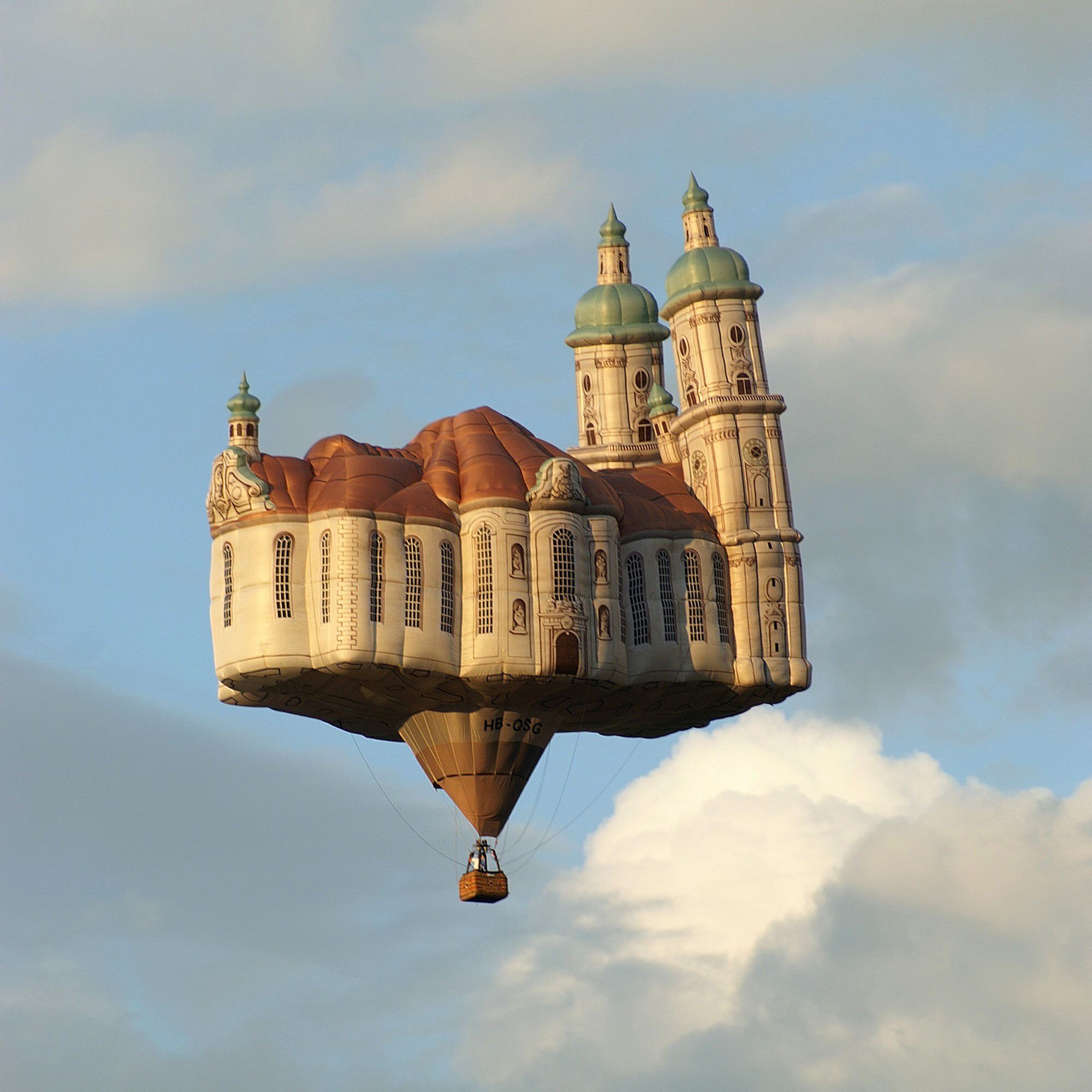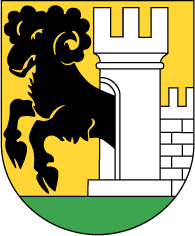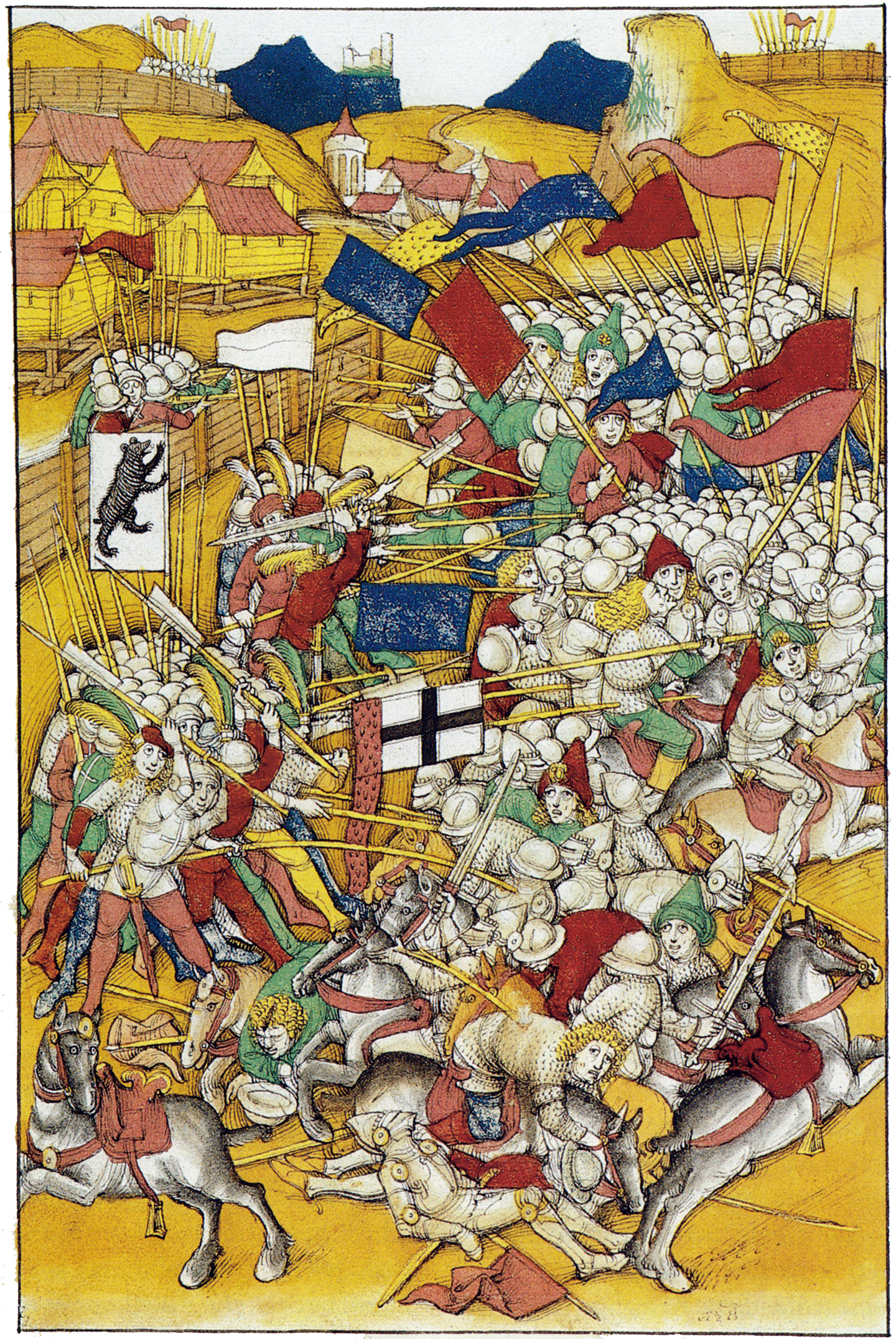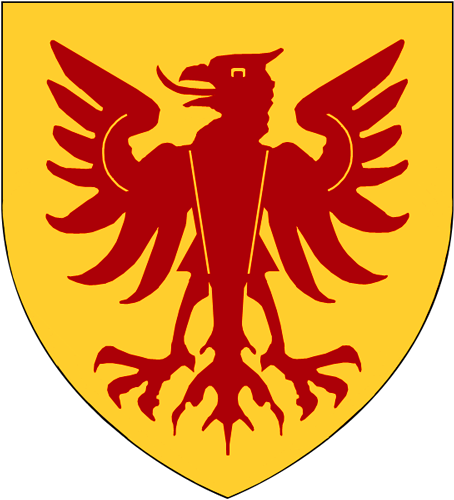|
Song Of The Founding Of The Confederation
The ''Bundeslied'' ("Song of the Confederacy") or ''Tellenlied'' ("Song of Tell") is a patriotic song of the Old Swiss Confederacy. Its original composition dates to the Burgundian Wars period (1470s). The oldest extant manuscript text was written in 1501, the first publication in print dates to 1545. It consists of stanzas of six lines each, with a rhyming scheme of A-A-B-C-C-B. It is one of the oldest existing records of the legend of Swiss national hero William Tell. It is also known as ''Altes Tellenlied'' "Old Song of Tell", in order to distinguish it from later compositions known as ''Tellenlied'', such as that by Hieronymus Muheim (1613) or that by Johann Caspar Lavater (1767), and as ''Lied von der Entstehung der Eidgenossenschaft'' "Song of the Origin of the Confederacy". Composition The song in its extant form was composed in several stages during the later 15th century. Since it ends with the death of Charles the Bold, it cannot have been completed before 1477. ... [...More Info...] [...Related Items...] OR: [Wikipedia] [Google] [Baidu] |
Old Swiss Confederacy
The Old Swiss Confederacy or Swiss Confederacy (German language, Modern German: ; historically , after the Swiss Reformation, Reformation also , "Confederation of the Swiss") was a loose confederation of independent small states (, German or In the charters of the 14th century described as "communities" (, ), the German term ''Orte'' becomes common in the early 15th century, used alongside "estate" after the Reformation. The French term is used in Fribourg in 1475, and after 1490 is increasingly used in French and Italian documents. It only enters occasional German usage after 1648, and only gains official status as synonym of with the Act of Mediation of 1803. ), initially within the Holy Roman Empire. It is the precursor of the modern state of Switzerland. It formed during the 14th century, from a foundation of the Old Swiss Confederacy, nucleus in what is now Central Switzerland, growth of the Old Swiss Confederacy, expanding to include the cities of Zürich and Bern by ... [...More Info...] [...Related Items...] OR: [Wikipedia] [Google] [Baidu] |
Berne
german: Berner(in)french: Bernois(e) it, bernese , neighboring_municipalities = Bremgarten bei Bern, Frauenkappelen, Ittigen, Kirchlindach, Köniz, Mühleberg, Muri bei Bern, Neuenegg, Ostermundigen, Wohlen bei Bern, Zollikofen , website = www.bern.ch Bern () or Berne; in other Swiss languages, gsw, Bärn ; frp, Bèrna ; it, Berna ; rm, Berna is the ''de facto'' capital of Switzerland, referred to as the "federal city" (in german: Bundesstadt, link=no, french: ville fédérale, link=no, it, città federale, link=no, and rm, citad federala, link=no). According to the Swiss constitution, the Swiss Confederation intentionally has no "capital", but Bern has governmental institutions such as the Federal Assembly and Federal Council. However, the Federal Supreme Court is in Lausanne, the Federal Criminal Court is in Bellinzona and the Federal Administrative Court and the Federal Patent Court are in St. Gallen, exemplifying the federal nature of the Confederation. ... [...More Info...] [...Related Items...] OR: [Wikipedia] [Google] [Baidu] |
Strasbourg
Strasbourg (, , ; german: Straßburg ; gsw, label=Bas Rhin Alsatian, Strossburi , gsw, label=Haut Rhin Alsatian, Strossburig ) is the prefecture and largest city of the Grand Est region of eastern France and the official seat of the European Parliament. Located at the border with Germany in the historic region of Alsace, it is the prefecture of the Bas-Rhin department. In 2019, the city proper had 287,228 inhabitants and both the Eurométropole de Strasbourg (Greater Strasbourg) and the Arrondissement of Strasbourg had 505,272 inhabitants. Strasbourg's metropolitan area had a population of 846,450 in 2018, making it the eighth-largest metro area in France and home to 14% of the Grand Est region's inhabitants. The transnational Eurodistrict Strasbourg-Ortenau had a population of 958,421 inhabitants. Strasbourg is one of the ''de facto'' four main capitals of the European Union (alongside Brussels, Luxembourg and Frankfurt), as it is the seat of several European insti ... [...More Info...] [...Related Items...] OR: [Wikipedia] [Google] [Baidu] |
Duchy Of Lorraine
The Duchy of Lorraine (french: Lorraine ; german: Lothringen ), originally Upper Lorraine, was a duchy now included in the larger present-day region of Lorraine in northeastern France. Its capital was Nancy. It was founded in 959 following the division of Lotharingia into two separate duchies: Upper and Lower Lorraine, the westernmost parts of the Holy Roman Empire. The Lower duchy was quickly dismantled, while Upper Lorraine came to be known as simply the Duchy of Lorraine. The Duchy of Lorraine was coveted and briefly occupied by the dukes of Burgundy and the kings of France. In 1737, the duchy was given to Stanisław Leszczyński, the former king of Poland, who had lost his throne as a result of the War of the Polish Succession, with the understanding that it would fall to the French crown on his death. When Stanisław died on 23 February 1766, Lorraine was annexed by France and reorganized as a province. History Lotharingia Lorraine's predecessor, Lotharingia, was a ... [...More Info...] [...Related Items...] OR: [Wikipedia] [Google] [Baidu] |
Sigmund Of Austria
Sigismund (26 October 1427 – 4 March 1496), a member of the House of Habsburg, was Duke of Austria from 1439 (elevated to Archduke in 1477) until his death. As a scion of the Habsburg Leopoldian line, he ruled over Further Austria and the County of Tyrol from 1446 until his resignation in 1490. Biography Sigismund (or ''Siegmund'', sometimes also spelled ''Sigmund'') was born at the Tyrolean court in Innsbruck; his parents were the Further Austrian duke Frederick IV of Austria and his second wife , a daughter of the Welf duke Frederick I of Brunswick-Lüneburg. A minor upon his father's death in 1439, the Inner Austrian duke Frederick V, Sigismund's first cousin, acted as regent until 1446. Frederick, elected King of the Romans (as ''Frederick IV'') in February 1440, exploited all opportunities to extend his influence over the Further Austrian lands. He also interfered in the Old Zürich War in order to regain the former Habsburg territories lost to the Swiss Conf ... [...More Info...] [...Related Items...] OR: [Wikipedia] [Google] [Baidu] |
Abbey Of Saint Gall
The Abbey of Saint Gall (german: Abtei St. Gallen) is a dissolved abbey (747–1805) in a Catholic religious complex in the city of St. Gallen in Switzerland. The Carolingian-era monastery existed from 719, founded by Saint Othmar on the spot where Gallus had erected his hermitage. It became an independent principality between 9th and 13th centuries, and was for many centuries one of the chief Benedictine abbeys in Europe. The library of the Abbey is one of the oldest monastic libraries in the world. The city of St. Gallen originated as an adjoining settlement of the abbey. The abbey was secularized around 1800, and in 1848 its former church became a Cathedral. Since 1983 the abbey precinct has been a UNESCO World Heritage Site. History Foundation Around 612 Gallus, according to tradition an Irish monk and disciple and companion of Saint Columbanus, established a hermitage on the site that would become the monastery. He lived in his cell until his death in 646, and wa ... [...More Info...] [...Related Items...] OR: [Wikipedia] [Google] [Baidu] |
Schaffhausen
Schaffhausen (; gsw, Schafuuse; french: Schaffhouse; it, Sciaffusa; rm, Schaffusa; en, Shaffhouse) is a list of towns in Switzerland, town with historic roots, a municipalities of Switzerland, municipality in northern Switzerland, and the capital of the canton of Schaffhausen, canton of the same name; it has an estimated population of 36,000 It is located right next to the shore of the High Rhine; it is one of four Swiss towns located on the northern side of the Rhine, along with , the historic , and . The old town has many fine Renaissance era buildings decorated with exterior frescos and sculpture, as well as the old canton fortress, the ''Munot''. Schaffhausen is also a railway junction of Swiss and German rail networks. One of the lines connects the town with the nearby Rhine Falls in , Europe's largest waterfall, a tourist attraction. The official language of Schaffhausen is (the Swiss variety of Standard) Swiss Standard German, German, but the main spoken language ... [...More Info...] [...Related Items...] OR: [Wikipedia] [Google] [Baidu] |
Appenzell
Appenzell is a historic canton in the northeast of Switzerland, and entirely surrounded by the canton of St. Gallen. Appenzell became independent of the Abbey of Saint Gall in 1403 and entered a league with the Old Swiss Confederacy in 1411, becoming a full member in 1513. It has been divided since into Appenzell Innerrhoden and Appenzell Ausserrhoden since 1597 as a result of the Swiss Reformation. The territory of Appenzell as a geographical entity is known as ''Appenzellerland'' while in political contexts, the two cantons (until 1999 half-cantons) are referred to as ''beide Appenzell'' ("both Appenzells"). History Foundation The name ''Appenzell'' derives from la, abbatis cella 'cell (i.e., estate) of the abbot'. This refers to the Abbey of St. Gall, which exerted a great influence on the area. By the middle of the 11th century the abbots of St Gall had established their power in the land later called Appenzell, which by that time was thoroughly Alemannic. By ab ... [...More Info...] [...Related Items...] OR: [Wikipedia] [Google] [Baidu] |
Biel
, french: Biennois(e) , neighboring_municipalities= Brügg, Ipsach, Leubringen/Magglingen (''Evilard/Macolin''), Nidau, Orpund, Orvin, Pieterlen, Port, Safnern, Tüscherz-Alfermée, Vauffelin , twintowns = Iserlohn (Germany) Biel/Bienne (official bilingual wording; , ) is a town and a municipality in the Biel/Bienne administrative district in the canton of Bern in Switzerland. Biel/Bienne lies on the language boundary between the French-speaking and German-speaking parts of Switzerland, and is bilingual throughout. ''Biel'' is the German name for the town; ''Bienne'' its French counterpart. The town is often referred to in both languages simultaneously. Since 1 January 2005, the official name has been "Biel/Bienne". Until then, the town was officially named Biel. The town lies at the foot of the first mountain range of the Jura Mountains area, guarding the only practical connection to Jura, on the northeastern shores of Lake Biel (, ), sharing the eastern ... [...More Info...] [...Related Items...] OR: [Wikipedia] [Google] [Baidu] |
Solothurn
Solothurn ( , ; french: Soleure ; it, Soletta ; rm, ) is a List of towns in Switzerland, town, a Municipalities of Switzerland, municipality, and the Capital (political), capital of the canton of Solothurn in Switzerland. It is located in the north-west of Switzerland on the banks of the Aare and on the foot of the Weissenstein Jura mountains. The town is the only municipalities of Switzerland, municipality of the Solothurn (district), district of the same name. The town got its name from Salodurum, a Roman-era settlement. From 1530 to 1792 it was the seat of the France, French ambassador (diplomacy), ambassador to Switzerland. The pedestrian-only old town was built between 1530 and 1792 and shows an impressive array of Baroque architecture, combining Italian Grandezza, French style, and Swiss ideas. The town has eighteen structures listed as heritage sites. The official language of Solothurn is (the Swiss variety of Standard) Swiss Standard German, German, but the main spoken ... [...More Info...] [...Related Items...] OR: [Wikipedia] [Google] [Baidu] |
Fribourg
, neighboring_municipalities= Düdingen, Givisiez, Granges-Paccot, Marly, Pierrafortscha, Sankt Ursen, Tafers, Villars-sur-Glâne , twintowns = Rueil-Malmaison (France) , website = www.ville-fribourg.ch , Location of , Location of () () or , ; or , ; gsw, label= Swiss German, Frybùrg ; it, Friburgo or ; rm, Friburg. is the capital of the Swiss canton of Fribourg and district of La Sarine. Located on both sides of the river Saane/Sarine, on the Swiss Plateau, it is a major economic, administrative and educational centre on the cultural border between German-speaking and French-speaking Switzerland. Its Old City, one of the best-maintained in Switzerland, sits on a small rocky hill above the valley of the Sarine. In 2018, it had a population of 38,365. History Prehistory The region around Fribourg has been settled since the Neolithic period, although few remains have been found. These include some flint tools found near Bourguillon, as well as a stone hatchet and bro ... [...More Info...] [...Related Items...] OR: [Wikipedia] [Google] [Baidu] |
Glarus
, neighboring_municipalities= Glarus Nord, Glarus Süd, Muotathal (SZ), Innerthal (SZ) , twintowns= Wiesbaden-Biebrich (Germany) } Glarus (; gsw, Glaris; french: Glaris; it, Glarona; rm, Glaruna) is the capital of the canton of Glarus in Switzerland. Since 1 January 2011, the municipality Glarus incorporates the former municipalities of Ennenda, Netstal and Riedern.Amtliches Gemeindeverzeichnis der Schweiz published by the Swiss Federal Statistical Office accessed 18 February 2011 Glarus lies on the river Linth between the foot of the Glärnisch (part of the Schwyzer Alps) to the west and the Schilt (Glarus Alps) to the east. Very few buildings built before the fire of 1861 remain. Wood, textile, and plastics, as well as printing, are the dominant indu ... [...More Info...] [...Related Items...] OR: [Wikipedia] [Google] [Baidu] |










